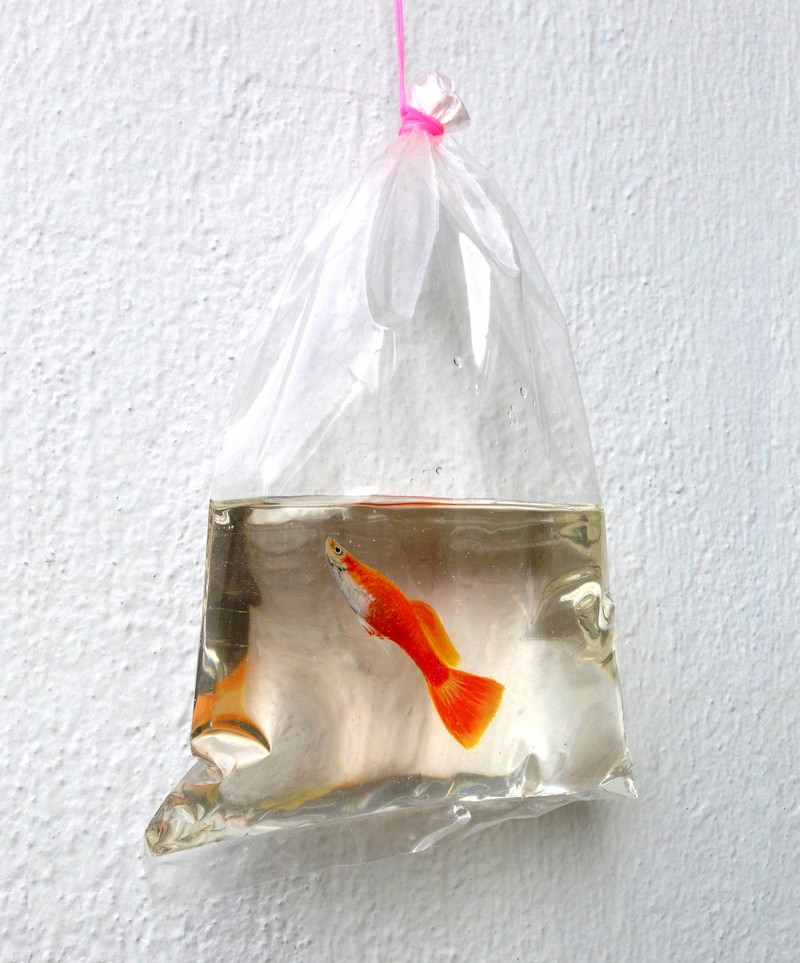

Paint layers each have an additional flag to determine if blending is additive or subtractive. Setting a negative heightmap Alpha value will result in a subtractive blend. The viewport displays changes to the values in real time.Įach layer has two Alpha values, one to control heightmap blending and the other to control paint layers blending. You can change the blending for each layer by adding or subtracting from the Alpha value. When you move layers, the order in which those layers display in the viewport changes. You can drag and drop layers in any order. There are several ways you can edit your layer, which include: ordering layers, adjusting the alpha layer blending, and using the Erase tool. However, if you lock the Base Layer before painting Layer1, the Base Layer will not have any changes. By hiding Layer1 you can see where you painted onto the Base Layer. For example, if you decide to paint Layer1 and do not lock your Base Layer, you can paint both layers. Use a combination of these tools to effectively sculpt and paint your heightmap. To see the layer's contribution to a paint layer, select the layer in Paint mode. To see the layer's contribution to a heightmap, select the layer in Sculpt mode. To turn on Layer Contribution, navigate to Lit > Vizualizers > Layer Contribution. The highlight will remain on your layer until you turn it off. By highlighting your layer, you can see the entirety of your sculpted layer. To highlight your layer, you can turn on Layer Contribution. If you want to exclude a layer from blending, you can select the eye icon to Hide the layer. The closed lock indicates the layer cannot be edited, and the open lock indicates the layer can be edited.

You can lock layers by selecting the Lock icon. There are several options for managing your layers, which include: locking/unlocking layers, hiding/unhiding layers, and highlighting your layer with Layer Contribution.

You can add as many layers to the landscape as you want. We recommend renaming your layers so you know which is the base layer, and which layers are ones you added. You can also Rename a layer from this menu. To add a new layer, right-click the existing layer and select Create. These new layers function as a foundation for sculpting and painting a landscape, which allows you to manipulate and maintain landscapes more efficiently.īy default, you will always have one layer (Layer1), which is the initial base layer. Instead of having one layer to sculpt a heightmap or paint materials, you can now add multiple layers to your landscape.


 0 kommentar(er)
0 kommentar(er)
